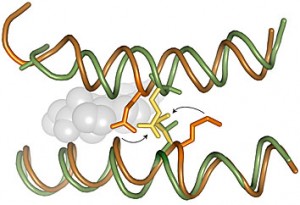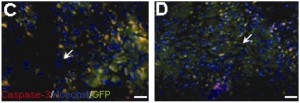Jane Fonda, founder/chair of the Georgia Campaign for Adolescent Pregnancy Prevention (GCAPP), along with local teenagers and Atlanta community groups have launched the Start Strong: Building Healthy Teen Relationships Program. Its goal is to stop teen dating violence and abuse before it starts.
The Jane Fonda Center at Emory was chosen as one of 11 community organizations nationwide to receive $1 million in funding through the Robert Wood Johnson Foundation’s national Start Strong initiative. This is the largest national public health initiative ever funded, targeting 11-to-14-year-olds, to stop teen dating violence.

Jane Fonda speaks at the event
Fonda says the initiative, both locally and nationally, promises to educate and empower teens and their surrounding communities that dating violence and abuse among teenagers must be stopped before it ever starts.
With teen dating abuse a significant public health issue in this country, Fonda wants to focus on teaching young people to develop healthier and more positive relationships at an early age.
As part of this four-year initiative, Start Strong Atlanta will rally the entire community, including teenagers, parents, caregivers, educators, coaches and community leaders to build environments that support healthy relationships and ensure violence and abuse are never tolerated.

Students perform at the Start Strong event
Melissa Kottke, MD, MPH, assistant professor in the Department of Gynecology and Obstetrics, Emory School of Medicine, is the director of the Jane Fonda Center. She notes that October is Domestic Violence Awareness Month and the campaign’s launch was the perfect tie-in. Kottke is also the principal investigator of the national initiative at Emory.
The Jane Fonda Center along with its partners, Atlanta Public Schools and Grady Memorial Hospital Teen Services Program, have together developed a comprehensive community plan for this initiative. This plan will focus on four core strategies involving education, policy change, community outreach and social marketing campaigns to empower local teens to develop healthier relationships.
Learn more about Start Strong Atlanta and other related events going on during Domestic Violence Awareness Month. Find out what Fonda said about the event on her blog.







![Rongfinalv3[2] 47 Red and green depict the parts of the HIV envelope protein that mutated in two patients (185F and 205F) in response to pressure from their immune systems. The rest of the envelope protein is blue.](http://www.emoryhealthsciblog.com/wp-content/uploads/2009/09/Rongfinalv32-47-300x153.jpg)



